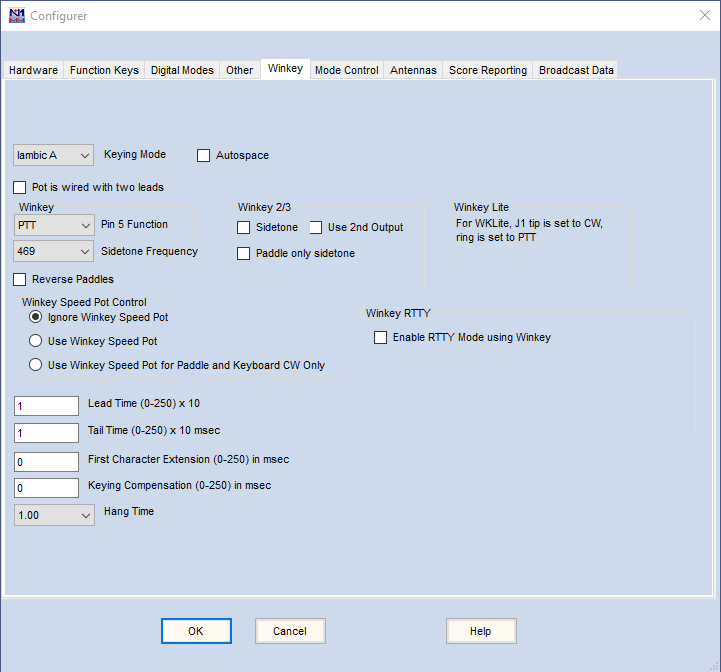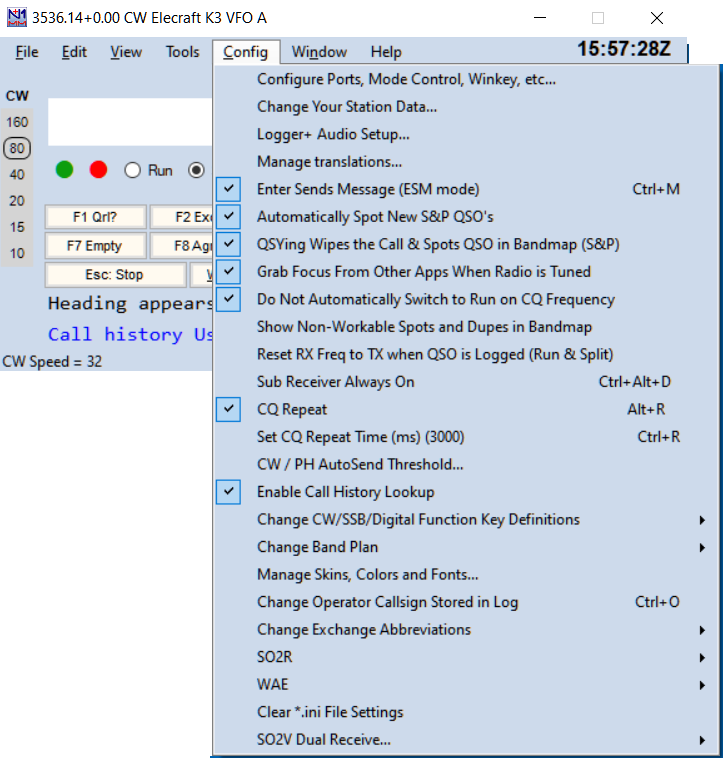

- #How to import superchecker log files into n1mm logger how to
- #How to import superchecker log files into n1mm logger password

Enter ' _principal_support' as a new preference name and close the tab/window.Open a new browser tab/window and enter ' about:config' in the address bar.Protocol: FTP, Max File Size: 2 GBįirefox Setting (This is a One-Time configuration) - Import log file from local host Log records imported from remote host.Follow the procedure given in the Firefox Settings section of local import page. Firefox browser users need to configure one-time settings.You can schedule the log import for this also. To import log from another machine using localhost option, you can share the folder of the another machine and map that shared folder as network drive of localhost.Scheduled local import is supported in Firefox, Internet Explorer and Chrome browsers.If the log records are imported from local server (where Firewall Analyzer is running), there is no maximum file size limit. You can click the List Files/Directories link to locate the file on the remote computer. Enter the location on the remote machine where the log file or the entire directory containing the log files is present in the File Location text box.Enter the time of the day at which the log import should be started first. When Time Interval is entered, ' Start at: _ Hrs _ Mins' field appears below. Enter the Time Interval (Scheduling time in Minutes) after which Firewall Analyzer should import new log files subsequent to the first import.Select the Ignore Unparsed/Junk Record(s) option as per requirement.Available protocols are, FTP and SFTP/SSH. On selecting the protocol, the default will be displayed. The default port for FTP is 21 and SFTP/SSH is 22.
#How to import superchecker log files into n1mm logger password
#How to import superchecker log files into n1mm logger how to
How to import log file for an existing firewall/proxy server?.How to resolve 'fakepath' issue in Internet Explorer browser?.

Use this option to import log files from squid proxy servers. Importing of archived files (.gz format) created by Firewall Analyzer and zipped log files (.zip format) are also supported. The Imported Log Files page shows you the list of log files imported, along with details such as the host from which it was imported, and the status of the import. The Imported Log Files link lets you import a log file from the local machine or remotely, through FTP.


 0 kommentar(er)
0 kommentar(er)
